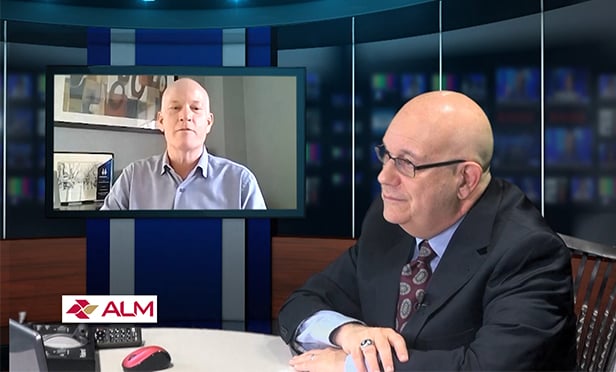The webcast schedule, LEED 2009 documentation and comment forms are available on the USGBC website. The comment period ends at 5 pm, Pacific Time, June 22.
"Continuing to seek the right balance between technical advancement and market transformation was a driving force behind the LEED 2009 work," says Horst. Described as an "evolution," rather than a "tear down and rebuild" of the existing LEED rating system, the 2009 version reorganizes the system and includes several advancements.
Chief among the changes is a transparent re-weighting and point re-allocation of LEED credits so the highest-priority credits achieve the most points. The weighting redistributes the available points, so point value more accurately reflects features that affect a building's environmental impact.
Among complaints about the existing rating system, Horst said during a May 22 webcast, "is that a bicycle rack is equal to some more energy efficient system." The weighted feature in LEED 2009 is based on 100 points that Horst says, "can address all systems consistently." An additional six points are available for innovation and design, and four regional points are also available as bonuses.
Regionalization is another new aspect of LEED 2009. USGBC chapters can determine regions they want to single out, down to zip codes. "In Phoenix," Horst explains, "water is more important than in Washington DC. LEED 2009 weights the issue of water for that part of the country."
He notes that over the past six years, adjusting the rating system to a rapidly evolving green building market has led to successive versions of the rating system that contain credits and prerequisites that have come into conflict with each other. LEED 2009 consolidates, aligns and updates all existing rating systems into their "most effective common denominator."
Such consolidation also provides a structure for the future that enables the council to develop LEED in a predictable way. LEED 2009 outlines a predictable development cycle that allows the system to evolve on a set schedule. Horst estimates, "we will be able to update the whole cycle every two years, and we can update parts as we go. It's a way to improve ourselves and incorporate new ideas."
After the initial comment period, the USGBC steering committee and staff will respond to comments and issue a revision of LEED 2009. That version will be open to public comment Aug. 4 through Aug. 19. After incorporating additional comments, a ballot will be sent only to USGBC members, and LEED 2009 will be ready at Green Build in Boston, Nov. 19 thru 20, then launched formally in January 2009.
© Touchpoint Markets, All Rights Reserved. Request academic re-use from www.copyright.com. All other uses, submit a request to [email protected]. For more inforrmation visit Asset & Logo Licensing.






